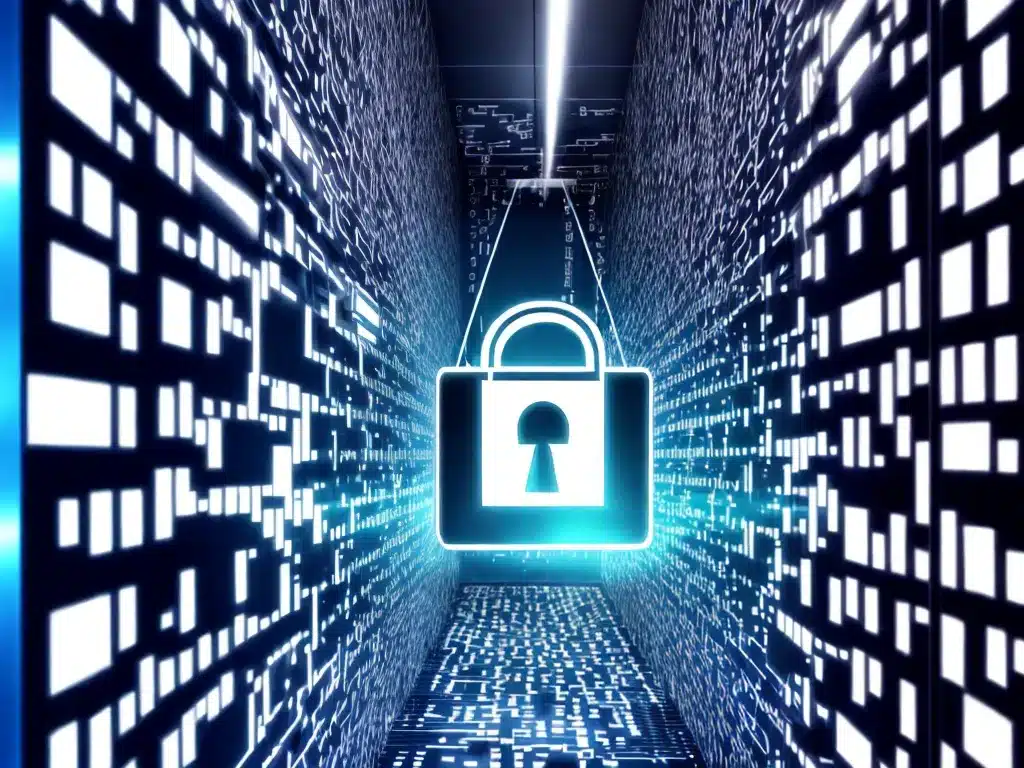
Best Practices for Secure Data Destruction and Disposal
Introduction
Proper data destruction and disposal is a critical part of any organization’s cybersecurity strategy. As I go about my daily work, I am careful to ensure that any data I handle is securely destroyed when no longer needed. In this article, I will share the best practices I follow for secure data destruction and disposal. Understanding these methods can help organizations and individuals protect sensitive information and maintain compliance with regulations.
Why Secure Data Destruction Is Important
Before diving into specific techniques, it’s important to understand why secure data destruction matters. Here are some key reasons:
-
Prevent data breaches – Destroying data securely prevents it from falling into the wrong hands. This protects sensitive personal, financial, healthcare, or other confidential data.
-
Maintain compliance – Regulations like HIPAA and GDPR require proper data disposal. Failing to destroy data securely can result in heavy fines.
-
Avoid identity theft – Personally identifiable information in the trash can lead to identity theft. Secure destruction prevents criminals from accessing papers, files, or devices with sensitive data.
-
Protect company assets – Company data and intellectual property have real value. Secure destruction prevents competitors from accessing discarded proprietary information.
Methods of Data Destruction
Several methods exist for securely destroying data. The best approach depends on the type of media being disposed of. Here are some common methods:
Physical Destruction
Physically destroying media renders data unrecoverable. This is an effective method for the following:
-
Paper documents – Shredding is the preferred destruction method. Use cross-cut shredders with a security level of at least DIN 3.
-
Hard drives – Hard drive shredding fully destroys platters where data is stored. Degaussing magnetically erases data.
-
Removable media – CDs/DVDs/Blu-ray discs should be shredded, crushed, or incinerated. USB drives can be snapped in half or crushed.
Digital Deletion
When dealing with data stored digitally, proper deletion techniques are essential:
-
Files – Permanently delete files using secure deletion software. This overwrites files making them unrecoverable.
-
Emails – When deleting emails, ensure they are purged from both your inbox and the email server’s deleted items folder.
-
Databases – Use commands that fully overwrite deleted database entries rather than simply removing their index.
Secure Wiping
Secure wiping overwrites a storage device to make previous data irretrievable:
-
Disk wiping – Software tools can overwrite entire hard drives and storage media. This applies before disposing of old devices.
-
Device resets – Smartphones, tablets, and other devices should be reset to factory defaults when ownership changes. This wipes all data.
Policies and Procedures
Formal policies improve accountability for secure data destruction:
-
Document retention policies – These policies specify how long data should be kept and when it should be destroyed.
-
Destruction procedures – Document required methods employees must use to destroy data on various media.
-
Chain of custody – Track the flow of hardware that stores sensitive data up until certified media destruction.
-
Compliance audits – Regular audits ensure destruction procedures are being properly followed.
-
Service provider due diligence – Vet destruction service providers to ensure they fully destroy materials entrusted to them.
Final Thoughts
While securely destroying data requires time and resources, it is one of the most important data security measures an organization can take. Failing to do so puts confidential information at risk. By implementing the best practices outlined here, companies and individuals can effectively minimize security risks and protect privacy. Proper data destruction should be a core component of every cybersecurity strategy.












